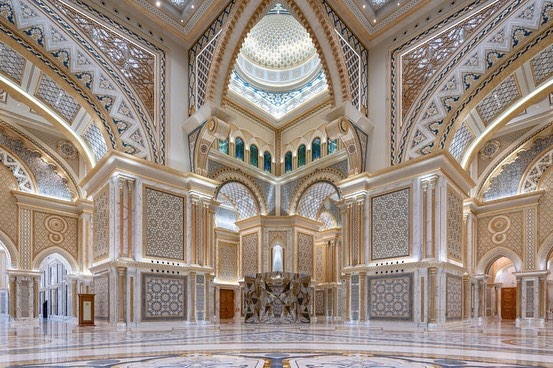Glass Making: Understanding Its History and Techniques
The history of glass making dates back to more than 3000 years ago with the earliest known man-made glass finds in Egypt and Eastern Mesopotamia. Starting with basic glass making techniques using soda, lime and silica compositions, it was much later that open beakers and shallow dishes were made using mud to which sections of colored glass canes were attached. The canes were placed into an outer mold to hold the shape while the glass was fused in an oven. After removing the mold and core, the glass surfaces were smoothed to reveal cross-sections of the colored rods, which showed a striking mosaic effect.
While ancient Egyptians knew the secrets of glass production and used glass-like materials long before the production of glass itself, decorative glass was very difficult to produce and was quite rare. Back in the day, glass pieces were made from sand quartz and complex methods were used to color them. However, the elements that gave unique colors to each glass piece were the impurities contained in them. These complex methods and the rarity of pure glass made it difficult for everyone to afford it. It was only after the invention of glass-blowing tubes that more people could afford glassware products.
So how is modern glass made?
The main ingredient in glassmaking today is silica, which is usually in the form of sand. When silica is mixed with an alkali and an alkaline material, a stable glass is produced. To add color to this piece, various metallic oxides are used. While these colors are permanent, exposure to sunlight can cause a slight change in their color.
Forming and Shaping Of Glass
Glass is first made into sheets using the blowpipe method. Modern hand-blown glass is referred to as mouth-blown or antique glass. Once these sheets are made, they must go through a cooling period, for which the glass is placed in a special cooling oven called a lehr and the temperature is gradually reduced. One has to ensure the temperature reduction is not sudden. If cooled too quickly, the molecules cannot move into a stable configuration. If cooled too slowly, the glass can start to form crystals that we don’t want.
Next, the rolled sheets are passed between rollers set about 3 mm apart, thereby determining the thickness of the glass. One can also imprint on the rollers to create texture on the glass.
In more recent times, various modern techniques are used to achieve an etched surface in glass, whether for an artistic effect or to create a translucent surface. Modern offices, private homes and commercial spaces are turning to glass companies to create curated glass pieces and mirrors to bring an element of chic modernism. Moreover, homeowners are not afraid to experiment with different glass techniques such as stained glass, laminated glass or UV printed glass.
Glass suppliers, such as Mirodec, have come a long way in modernizing the process of glass making to suit the design needs of 21st-century interior spaces. Today, not only do modern glass mirrors and techniques add an element of luxury to a space, but they are as important as art because they can express who you are.

